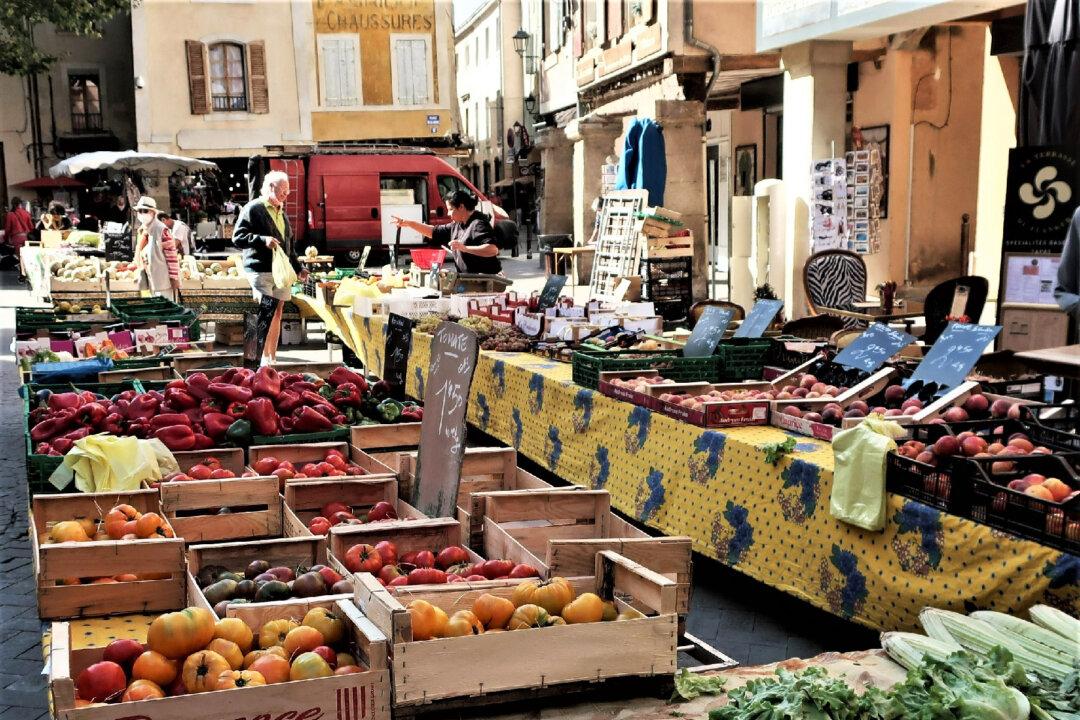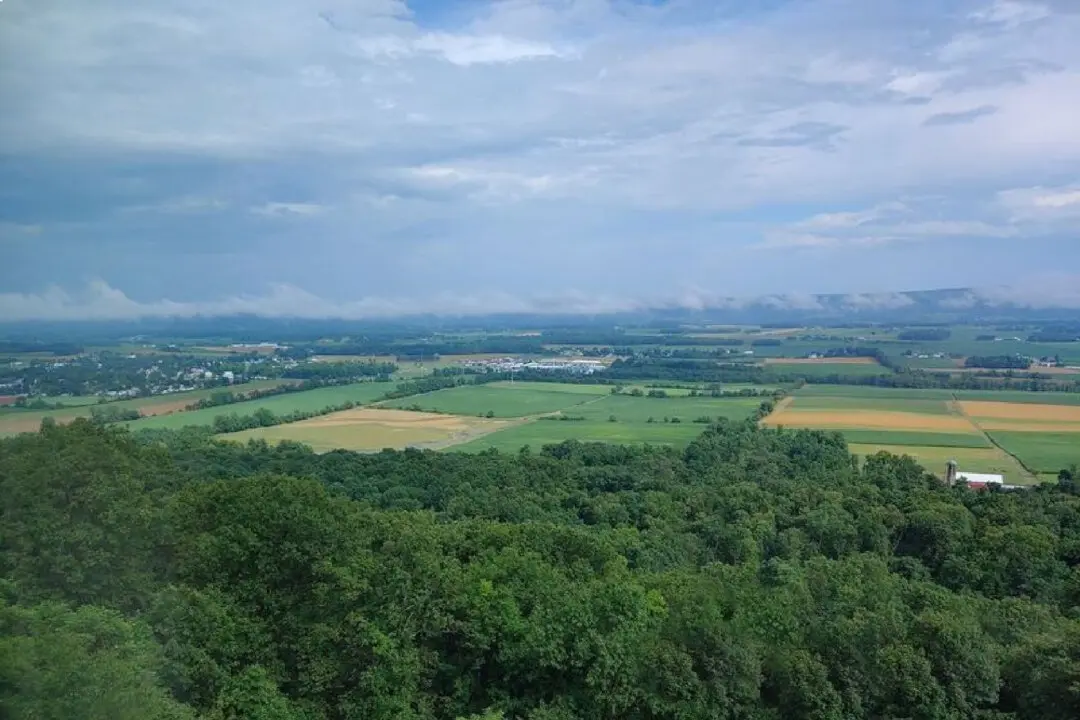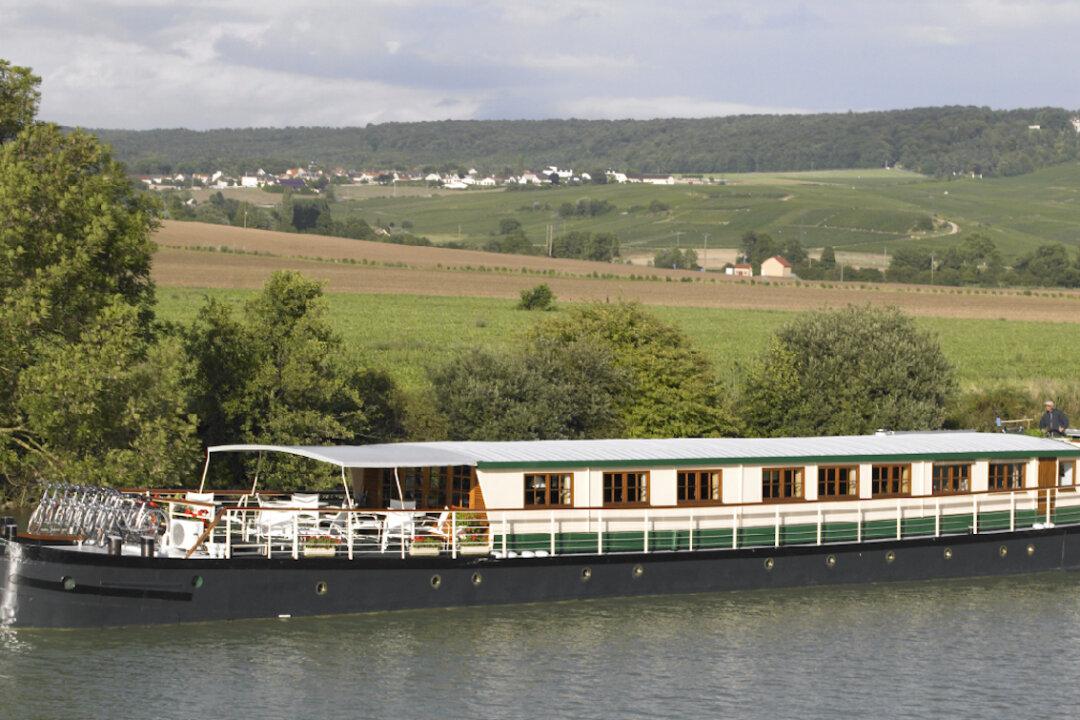Naturally, we started our trip off with a glass of wine at lunch. After all, it was too late for breakfast.
“Deux verres de vin rouge—um, uh—pas sec,” I said to our waiter. Finally, I just threw my hands in the air and laughed. I meant well, but it seemed unfair to make him suffer for my lack of versatility with the language. He obliged with two glasses of wine and a hearty “Welcome to Provence!”
The first morning, we left to explore Pernes-les-Fontaines, a 10-minute walk from the cozy 100-year-old, two-story farmhouse we would call home for two weeks. We were traveling with Untours, which puts you up in unusual accommodations—perhaps a castle, a vineyard, or a delightful old house like ours where we could “live like a local.” They provide a car, inundate you with information, connect you with a local contact to answer questions, and set you off to see what you want to see when you want to see it. It’s a great option for visiting Europe while remaining socially distanced since we were never on a tour bus.
A supermarket is located near Pernes, but it’s so much more French to stop at the individual butcher, baker, cheese shop, and produce store to buy provisions, so that’s what we did. In the process, we traversed streets spanning multiple centuries in an afternoon’s outing.





